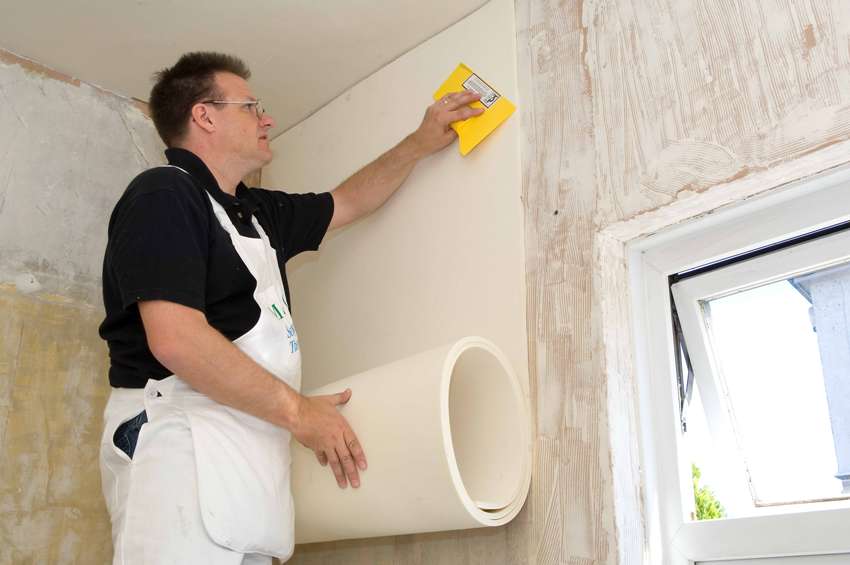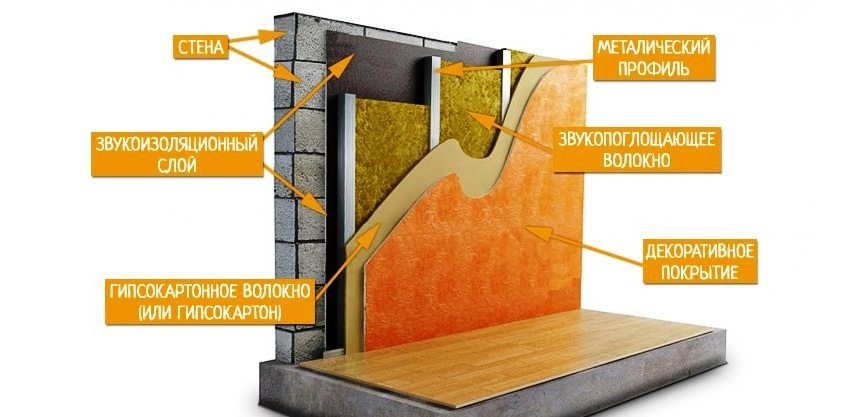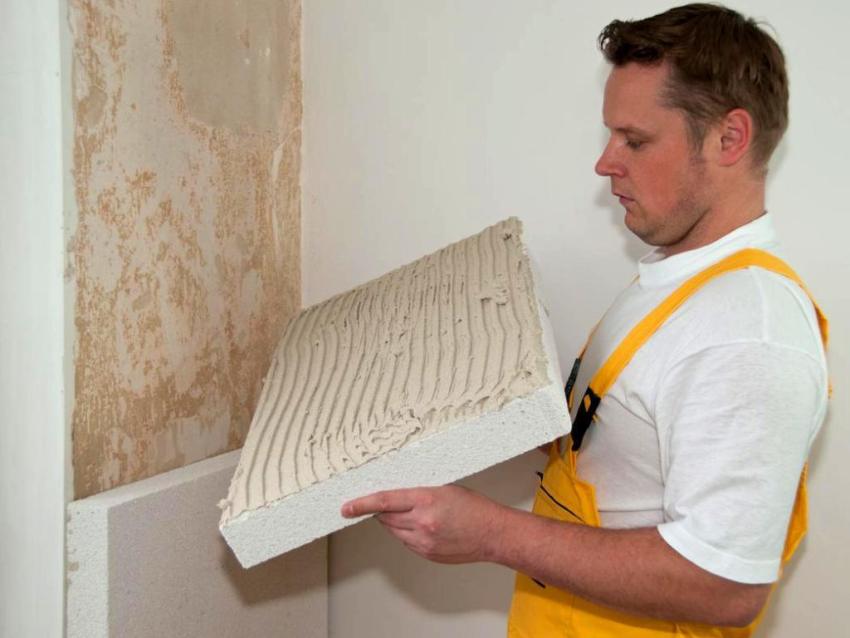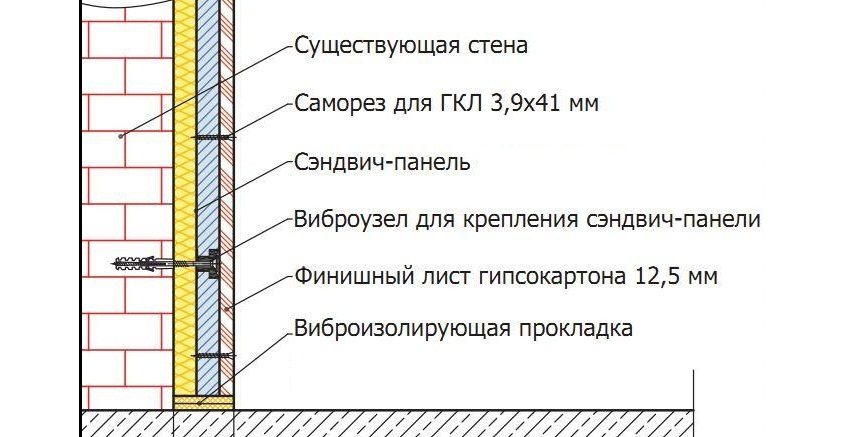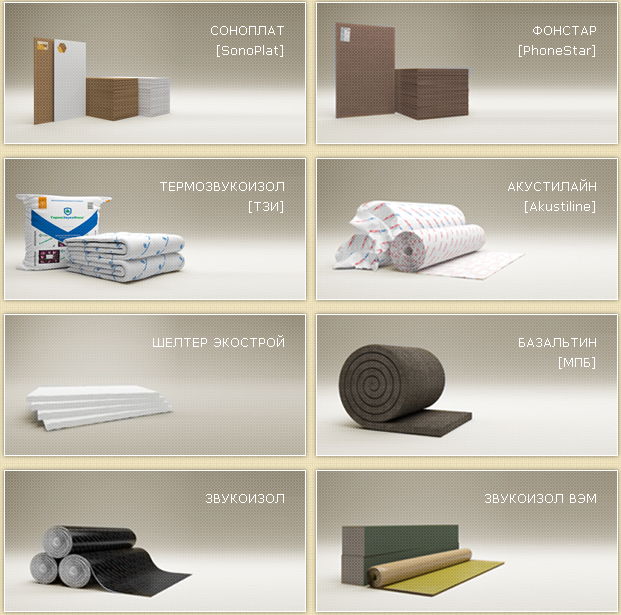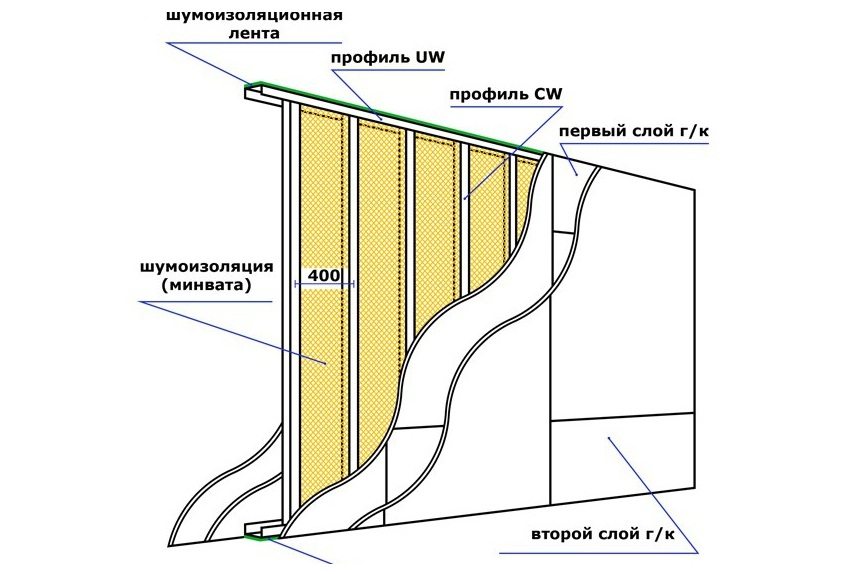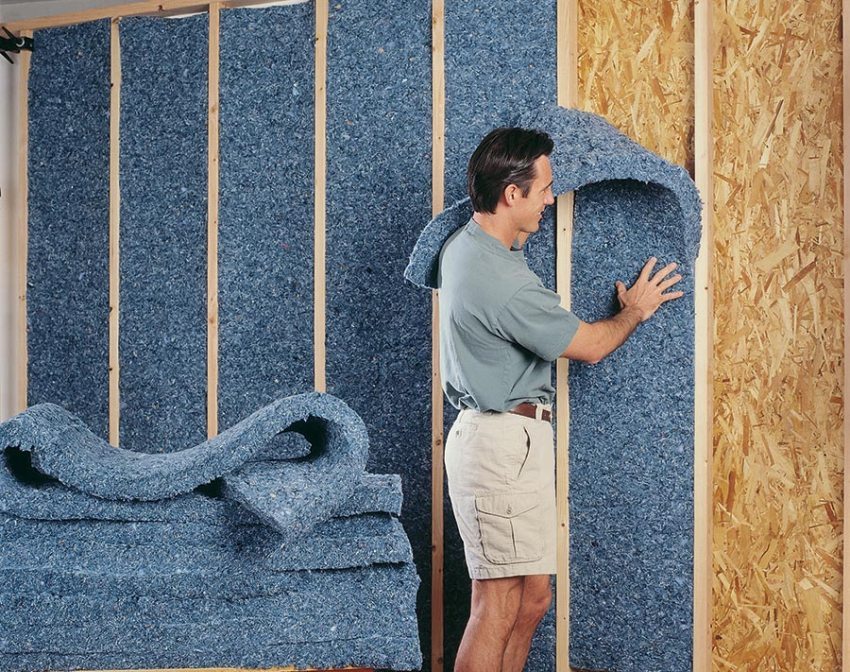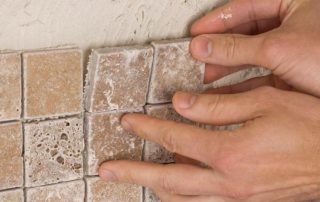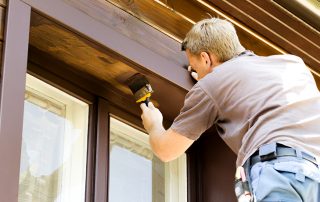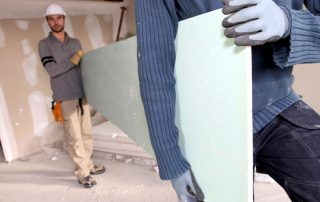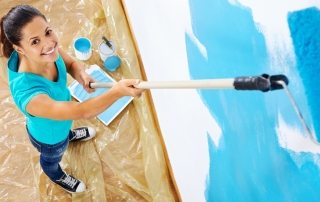The problem of noise pollution of the human environment in the modern world is very acute. Living in apartment buildings with low-quality noise protection is becoming increasingly uncomfortable for residents. Noise enters the apartment not only from the street through the windows, but also from neighbors through adjacent walls. In this regard, many people solve this problem, thanks to the soundproofing of the walls in the apartment with modern materials.
Content [Hide]
Noise insulation of walls in an apartment: modern materials
and their characteristics
Today, soundproofing materials are in great demand in the construction market. The ever-increasing noise level is forcing people to look for effective ways to protect themselves from it. This is especially true for those who live in old, dilapidated houses, the walls of which are not able to contain the sound flow. There are two main ways to reduce noise emissions:
- Cover all walls with materials that absorb sound waves. They look like thick porous mattresses.
- Glue thin (up to 15 mm) elastic roll materials that effectively reflect sound.
Noise insulation of walls in an apartment with modern materials can be carried out most effectively if you combine both of these methods.
Useful advice! Before deciding whether to carry out soundproofing work, it is necessary to accurately determine the sources of noise exposure. This will help not only avoid unnecessary costs, but also more effectively solve this problem. Indeed, if the noise of the city is not heard, and only neighbors interfere, then it is not at all necessary to isolate the outer walls.
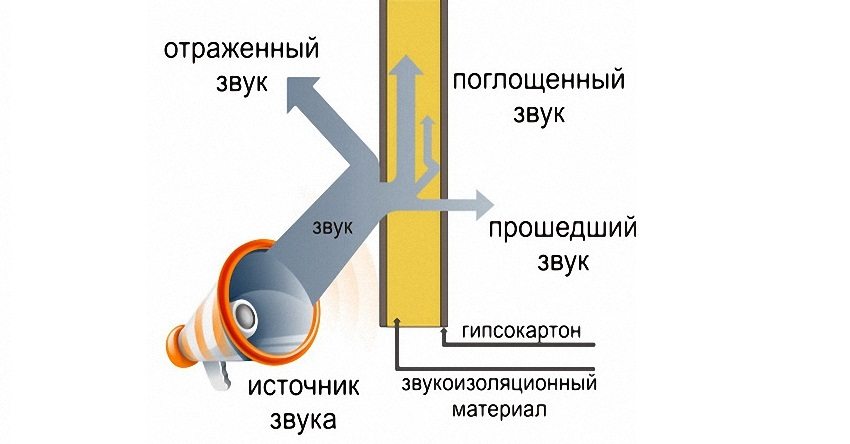
The scheme of passage, reflection and absorption of sound through drywall and soundproofing material
Pros and cons of various materials for noise insulation
As for the types of materials used to protect walls from noise exposure, it is worth choosing them, knowing the advantages and disadvantages.
- gypsum plasterboard in combination with porous materials: ecowool, mineral wool, cellulose insulation. The advantages of such materials are: good noise protection and the creation of additional thermal insulation for external walls. The disadvantages include: the complexity of installation and a large amount of dust with it, the loss of a significant area of the room, since the insulation is up to 12 cm thick;
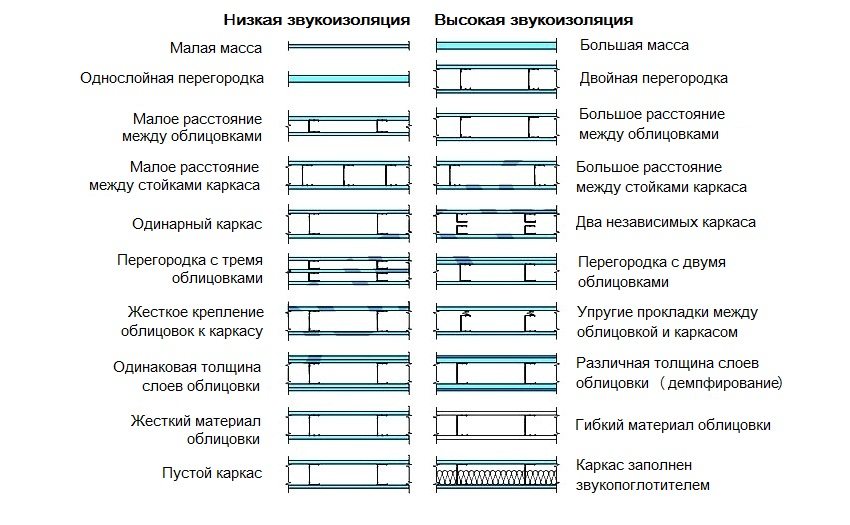
Comparison of the level of sound insulation of various structures plasterboard partitions
- decorative panels... This modern soundproofing material is made of softwood fibers.It looks like standard wall panels with grooves and spikes at the ends for ease of installation. Their surface has a decorative coating, which eliminates the need for additional finishing. This material is very suitable for large spaces. Of the shortcomings, only the high cost can be noted;
- polyurethane boards, due to their good soundproofing qualities, are used even in recording studios. They have standard dimensions of 600x1200 mm. The thickness of the sheets is no more than 15 mm. Advantages of the material: lightness, ease of installation, good effect. Its disadvantage: high cost;
- sound insulating membranes. This is a modern material with a thickness of only 35 mm, which makes it possible to use it in combination with other types of sound insulation. It is very easy to install the membrane as it is very flexible and can be bent at an angle. At the same time, the material has a high density, which allows you to create excellent noise protection. Its disadvantage is also a very high price;
- the cork cover has a very beautiful decorative appearance, it is easily mounted by ordinary gluing. It is very subtle. Sound insulating qualities are good, but lower than that of other materials;
- sandwich panels are fiberglass panels sandwiched between two gypsum sheets. This material has good sound insulation properties, is easy to install, but has a large thickness, which is critical for small rooms.
There are a lot of modern materials for soundproofing the walls in the apartment. You need to choose them, not only "within your pocket", but also understanding the installation features of each of them. In addition, you need to assess the degree of noise pollution in the apartment. Do not play it safe and install thick materials to the detriment of an already small area. It may be sufficient to use a more subtle defense.
Useful advice! Do not use foam for sound insulation. It is a good insulation, but does not absorb sound.
Materials for soundproofing walls (video)
The procedure for soundproofing walls in an apartment with modern materials
With the installation of thin materials that are glued to the walls, no one will have any problems. The technology for the production of works on soundproofing walls in an apartment with modern materials that have a large thickness must be disassembled in detail.
Before starting work, you must turn off the electricity and seal all holes in the walls under the sockets with mineral wool or similar materials. In this case, you need to use plaster for putty. It grasps quickly and does not have to wait long. With holes from pipes and other communications, you need to do the same.
Then on the walls, with the help of a building level, metal guide profiles are vertically installed at a distance of 40 - 60 cm from each other. Do not fasten the profile directly to the wall. It is necessary to retreat, so that soundproofing can be placed under it.
Mattresses of fiberglass, mineral wool or any other material are placed very tightly between the profiles. They are fixed to the wall with special anchors with wide heads. The joints are foamed or covered with putty. It is necessary to pay attention to the tightness of the fastening of the guide profiles. If it is not enough, the vibration will further increase the noise in the room. After all this, with the help of self-tapping screws, gypsum plasterboard sheets are attached to the finished frame from the profiles. Then all the necessary work is carried out on the finishing of the walls.
Useful advice! The use of two layers of plasterboard or gypsum fiber sandwich panels significantly increases the sound insulation effect.
If modern panels with a decorative coating were used for sound insulation, then plasterboard finishing is not required. The installation of the guides is also not needed, since this material is attached directly to the plane of the wall using liquid nails. However, if the walls are not even and have large drops, then you first need to make a crate, on which the panels will then be fixed.
The most effective sound insulation is combined. It requires the use of two different materials to create it. For example, fix a sound-insulating membrane on mineral wool slabs. Then close everything with drywall. This technique will give a very good effect, although it will significantly increase the cost of repairs.
Useful advice! The metal profile should not be in direct contact with walls, load-bearing structures, pipes and other elements anywhere. All points of contact must be insulated with a special insulation tape in 2 layers. This will reduce vibration and, as a result, the penetration of noise into the room.
Correctly mounted soundproofing of walls in an apartment with modern materials guarantees peace and wonderful rest in your home, not only from city noise, but also from too restless and noisy neighbors.

